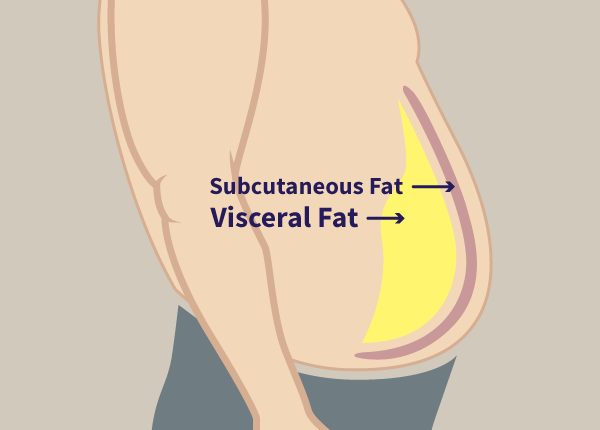
Carbs and Insulin over Calories In and Calories Out
 The World Health Organization (WHO) has made it known that the global prevalence of obesity has dramatically increased in the past 30 years. It is not a surprise looking at the increased availability of processed/low nutrient foods and more sedentary lifestyles, have contributed to increasing obesity rates.
The World Health Organization (WHO) has made it known that the global prevalence of obesity has dramatically increased in the past 30 years. It is not a surprise looking at the increased availability of processed/low nutrient foods and more sedentary lifestyles, have contributed to increasing obesity rates.
For many decades, out scientific communities have gone to the energy balance model (EBM), consuming more calories than those burned results in a positive energy balance and weight gain. The increased caloric intake due to the accessibility of tasty inexpensive “junk” processed food and lower energy expenditure due to less physical activity levels have contributed to the increase in obesity worldwide.
The Carbohydrate Insulin Model of Obesity
The carbohydrate-insulin model has shown that the quality of food consumed plays a critical role in body composition over caloric intake. It is now known that the consumption of processed, starchy carbohydrates that cause a rapid increase in blood sugar levels which then results in fat storage. Increased fat accumulation sets off a feedback loop resulting in increased hunger and possible consumption of calorie-rich foods. In my private practice in dealing with weight loss patients, I have found clinical evidence of this model in the last 15 years. I invite my patients to reduce processed carbohydrates, which is more effective at lowering the biological drive to store excess fat.
The Increase of Carbohydrates in Food over Time
In addition to highly processed carbohydrates, the intake of carbohydrates has been increasing since the 1980s. The low fat craze in the 1980’s really sent the carb laden snack foods in over drive. The glycemic index (GI) rates carbohydrates according to how rapidly they raise blood glucose levels after someone has eaten them. The glycemic load is another measure that provides more comprehensive information about the surge in blood sugar levels by considering the GI and amount of carbohydrates a serving of a given food provides.
Consumption of processed carbs, sugars and starches results in an elevation of blood sugar levels. Foods with a high glycemic load include processed grains, potato products, and foods with a higher sugar content. Even “healthy foods” such as grains, legumes, high sugar fruits and starchy veggies can elicit an elevation in blood sugar and therefore insulin.
In contrast, good quality fats and proteins have less of an impact on blood sugar levels.
Blood Sugar and the Secretion of Insulin
The quick rise in blood sugar levels after consuming high glycemic foods often results in the secretion of insulin. Insulin helps to regulate blood sugar by assisting muscles, liver, and adipose or fat tissue absorb glucose. At the same time, it also inhibits the body from burning fat stores. After the intake of high glycemic load foods, high insulin and low glucagon levels lead to the storage of glucose as glycogen in the liver and as fat in the liver and adipose or fat tissue.
This state slows down the breakdown of the energy stores in the liver and adipose tissue needed to fuel the body. This results in low levels of glucose, fatty acids, and other metabolites in the blood, resembling a fast-like state. The drop in blood metabolite levels signals the brain, indicating that the tissues are deprived of energy. When the brain perceives this fast-like state, it provokes changes that lead to hunger and craving for carby foods. The cycle continues.
Categories: AOD anti obesity drug, AOD weight loss, Body Composition, Botox, Food Information, General Wellness, hCG Diet, HCG Diet Weight Loss, HCG Weight Loss, medical weight loss, Weight Loss
